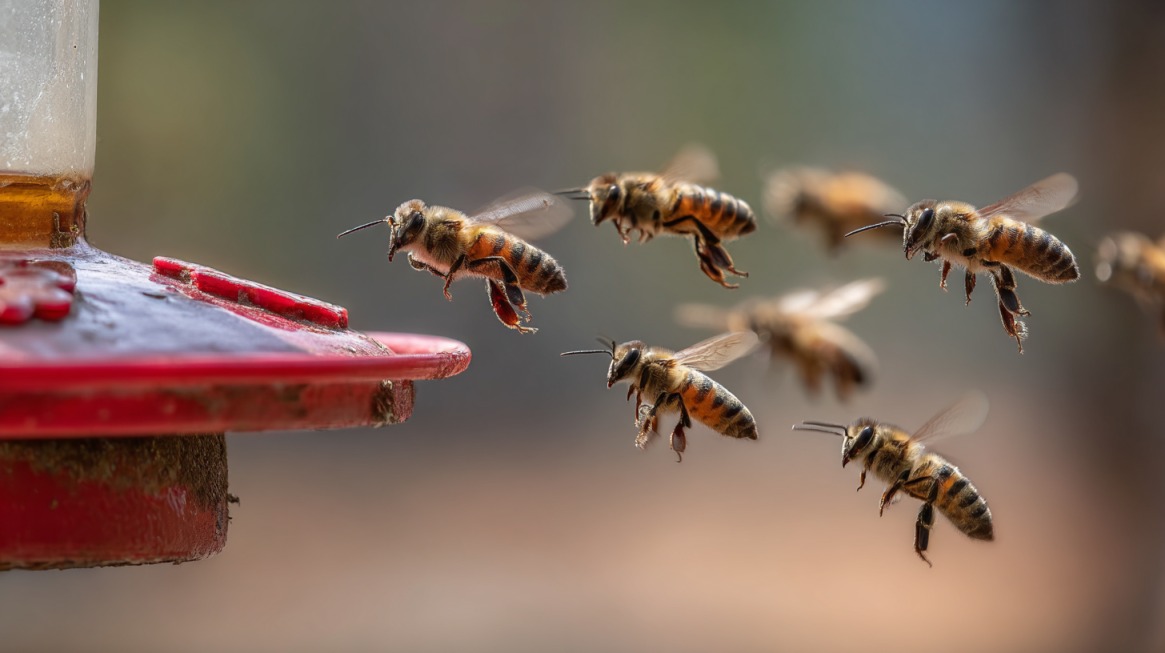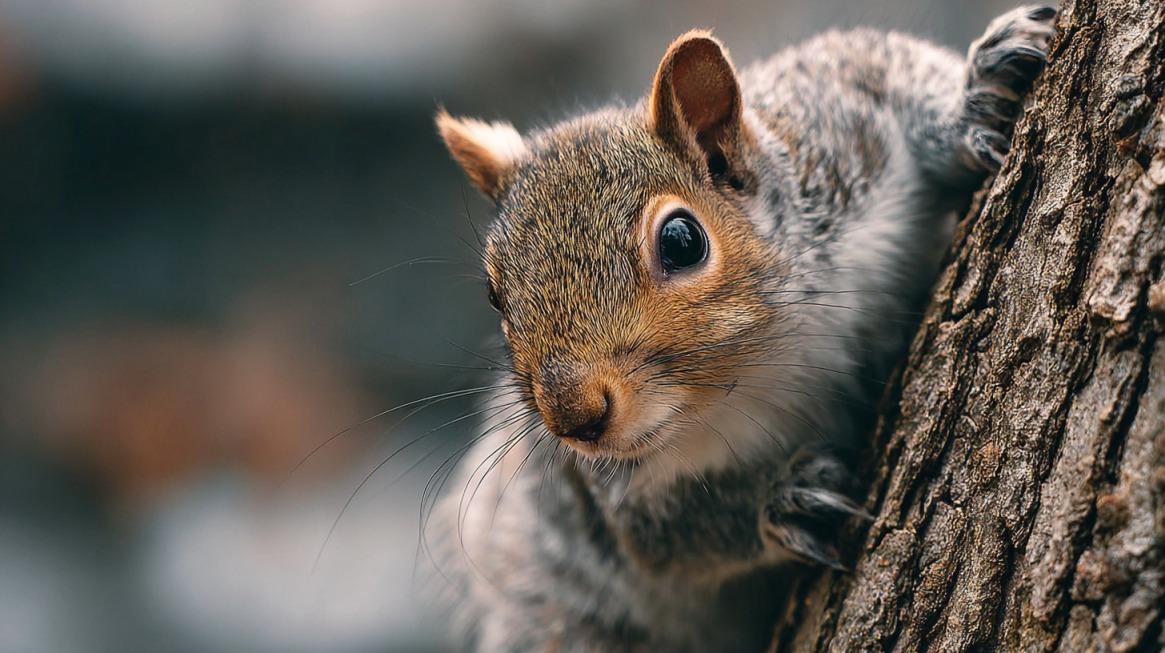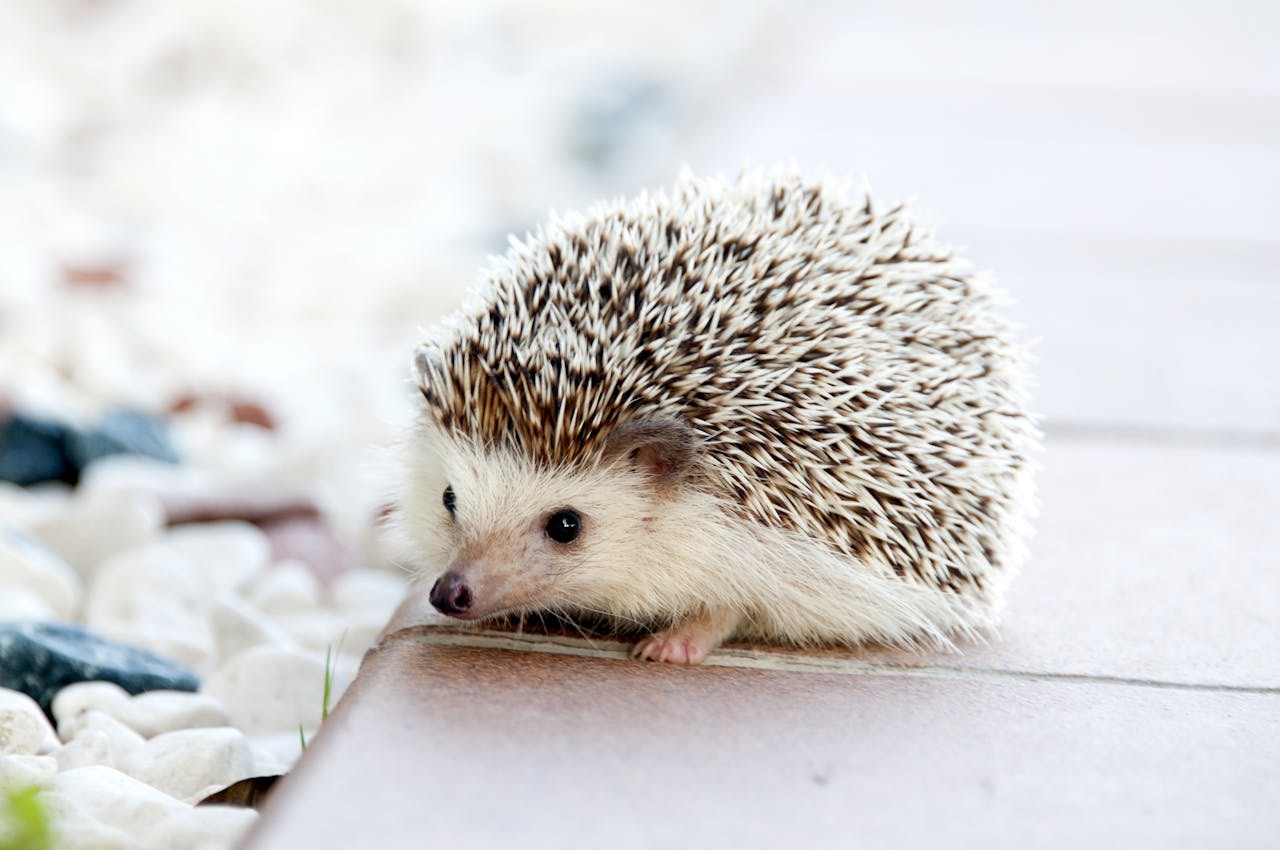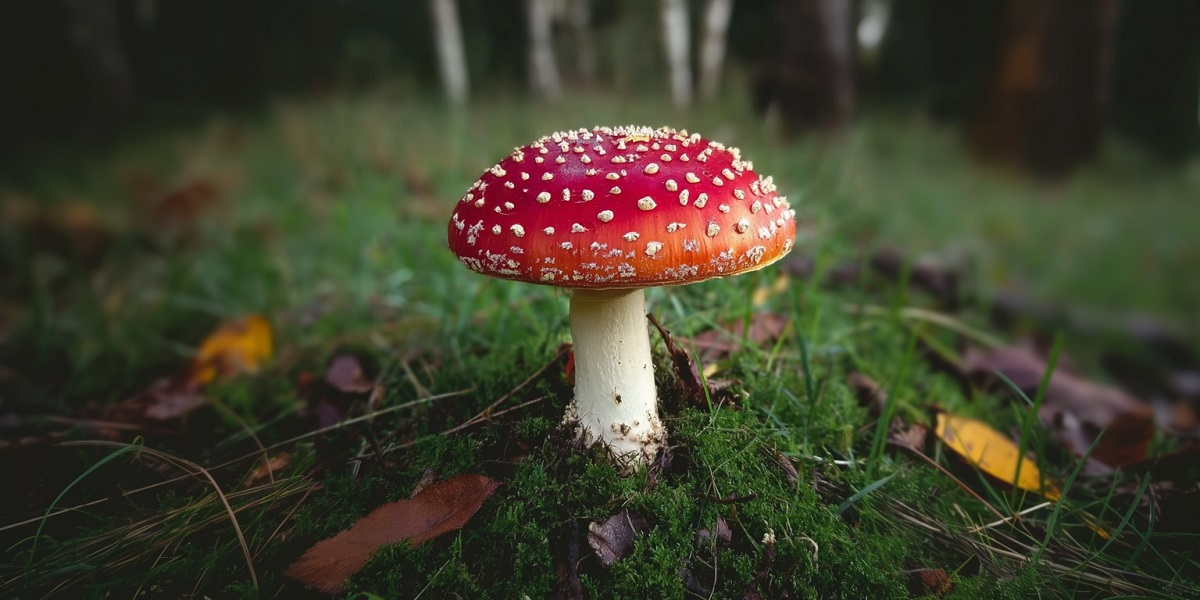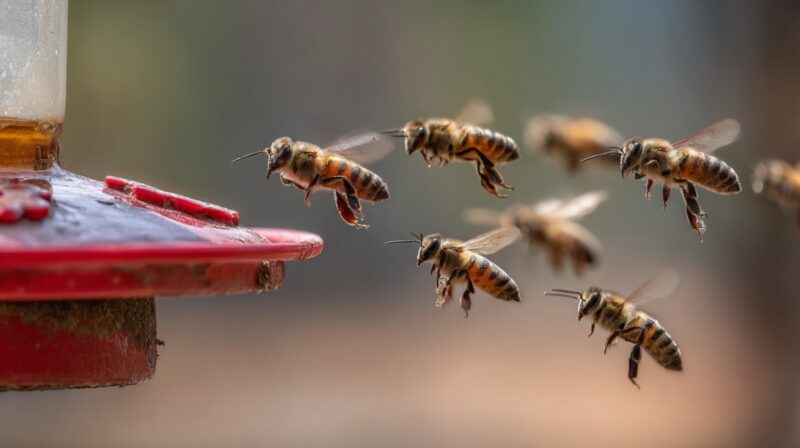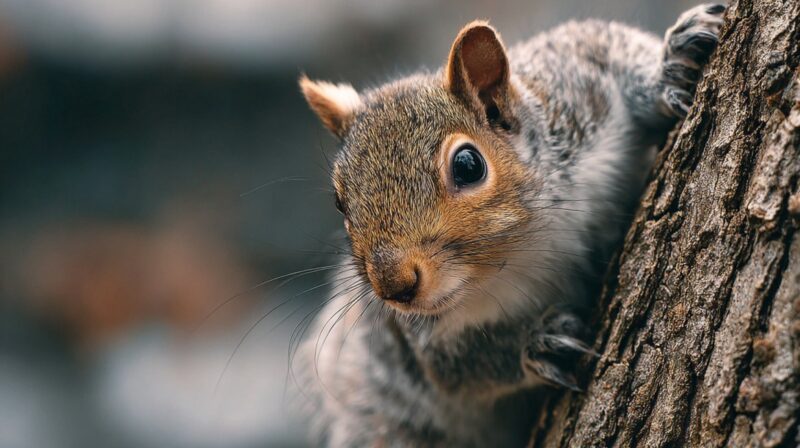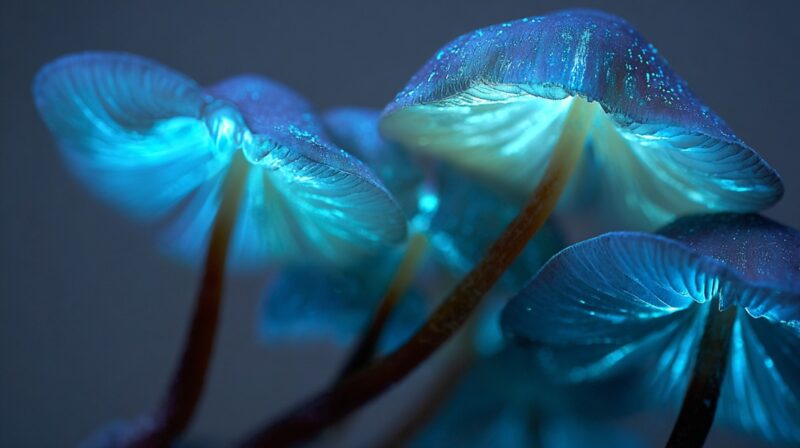
Share Post:
Bioluminescent fungi capture attention with their otherworldly glow, turning quiet forests into scenes of natural magic.
These glowing mushrooms are not just scientific curiosities that you can find in unapproachable and scary places like in deep sea or high in the mountains. You can find them in woods on the ground, very approachable!
They represent one of nature’s most fascinating light shows. Seeing them in person feels surreal, a gentle green shimmer beneath the forest canopy.
Ecotourism focused on these fungi has begun to flourish, drawing photographers, scientists, and adventurers into tropical forests and damp woodlands worldwide.
In an age when artificial light dominates, the soft luminescence of living organisms feels like nature’s quiet rebellion.
Table of Contents
ToggleWhat Is Bioluminescence in Mushrooms?
Bioluminescence in mushrooms represents one of nature’s most enchanting biochemical phenomena. It occurs in about 80 known fungal species worldwide, most of which belong to the genus Mycena.
These fungi possess the rare ability to emit a steady, cold light that requires no external energy source like sunlight or fire. While it might look mystical, the process is purely scientific, governed by chemistry, evolution, and ecology.
At its core, bioluminescence in fungi is a chemical reaction that converts energy into visible light. The glow appears when luciferin, a light-producing molecule, reacts with oxygen in the presence of the enzyme luciferase.
It is categorized as chemiluminescence, meaning light generated through chemical reactions without producing heat.
Researchers have identified several key purposes for this glow. Some fungi use it as an evolutionary strategy to attract nocturnal insects that help distribute their spores, increasing their chances of reproduction.
In other species, bioluminescence might serve as a form of defense, signaling toxicity or unpleasant taste to potential predators. Fungi also appear to regulate their glow according to a circadian rhythm, intensifying at night and dimming during the day to conserve energy.
- Chemical reaction: Luciferin + oxygen + luciferase → oxyluciferin + light
- Energy source: Chemical, not thermal
- Purpose: Spore dispersal, predator deterrence, and energy regulation
- Timing: Strongest at night, following a biological rhythm
Every glow represents a combination of survival, adaptation, and biological artistry, turning otherwise dark forest floors into glowing microcosms of life.
Where to See Bioluminescent Mushrooms in Nature
Bioluminescent fungi grow in various environments around the world, but only a few places offer consistent and visible displays in the wild. Each region provides a distinctive experience, shaped by climate, habitat, and conservation practices.
Brazil’s Atlantic Forest
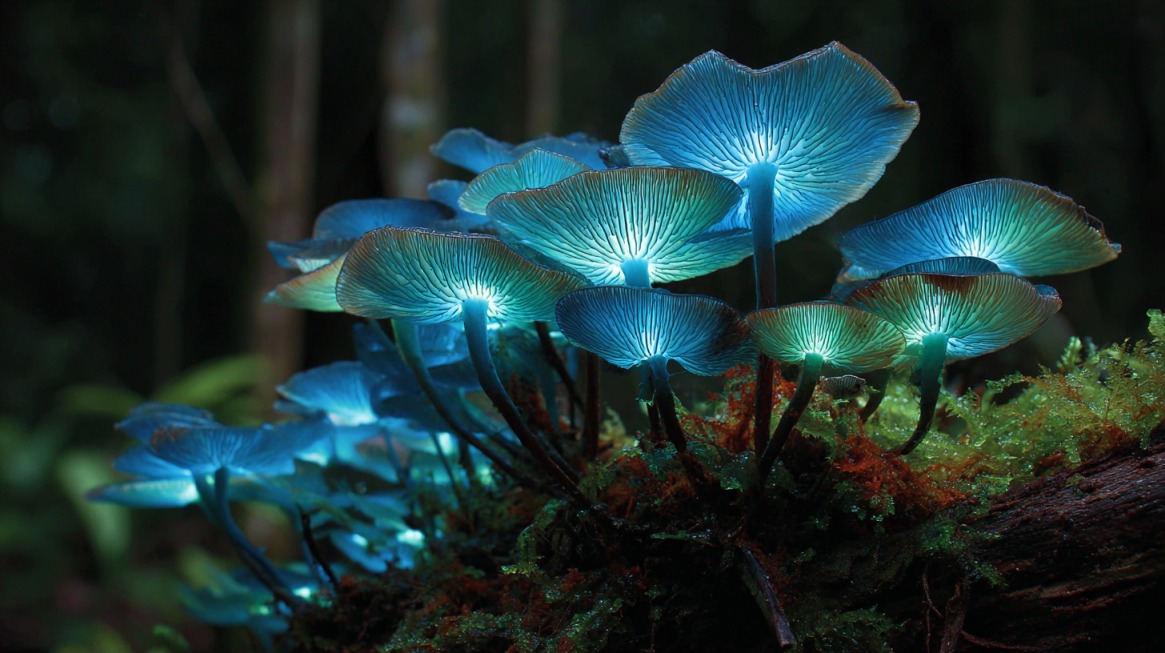
Brazil’s Atlantic Forest is often regarded as the global heart of bioluminescent fungi research. Stretching along the country’s eastern coastline, this biodiverse region harbors the highest known concentration of bioluminescent mushroom species on Earth.
The Ribeira Valley alone boasts over 27 species, including several that remain unclassified by science.
Visitors can experience these wonders firsthand through guided night treks at the IPBio Betary Reserve.
Led by biochemist Cassius Stevani and other local researchers, these tours provide rare opportunities to observe bioluminescent fungi in their natural environment while learning about their ecological significance.
- Best time to visit: Outside August and September when the forest is most active
- Highlights: Exceptional species diversity, immersive research-based tourism, strong conservation focus
The ecotourism model in the Atlantic Forest emphasizes sustainability. Revenue from tours supports ongoing fungal research, habitat restoration, and education programs for local communities.
Every trek through the glowing forest shows how conservation and curiosity can coexist in harmony.
Malaysian Borneo
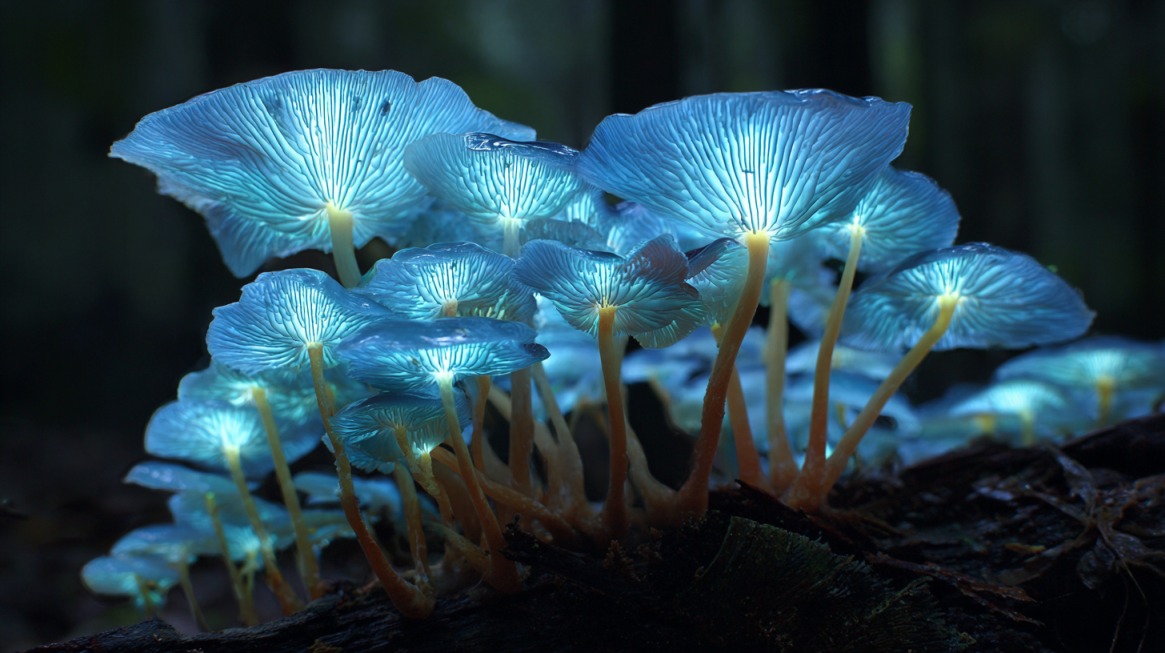
Kinabatangan River in Malaysian Borneo offers another unforgettable site for spotting glowing fungi. Visitors can participate in guided nocturnal hikes hosted by KOPEL Ecocamp, which provides an authentic experience in the heart of Borneo’s rainforest ecosystem.
Under the canopy, faint glimmers of light from fungi appear alongside fireflies and the calls of night-dwelling animals, creating an otherworldly atmosphere.
- Challenges: Droughts and increasing light pollution can obscure visibility
- Seasonal factors: Best sightings occur during wetter months with high humidity
Rising temperatures and erratic rainfall linked to climate change have made fungal fruiting less predictable. Yet, the rainforest continues to pulse with life. Spotting even one glowing mushroom amid the darkness feels like discovering a hidden treasure—a quiet reminder of how delicate natural systems can be.
Other Global Locations
Outside tropical regions, glowing, bioluminescent mushrooms appear sporadically across temperate forests in North America, Europe, and parts of Asia.
Sightings are more likely after periods of heavy rain when humidity levels rise and decaying wood becomes active with fungal growth.
- North America and Europe: Panellus stipticus, Armillaria mellea, Mycena haematopus
- Asia-Pacific: Mycena chlorophos in Japan, Sri Lanka, and Indonesia; Mycena pura in the UK and Ireland
Although less frequent than tropical sightings, these occurrences still inspire fascination among hikers and naturalists.
When night falls, the faint emerald shimmer of decaying logs and moss-covered branches feels like nature’s quiet version of starlight.
Bioluminescent Mushrooms You Can Actually See
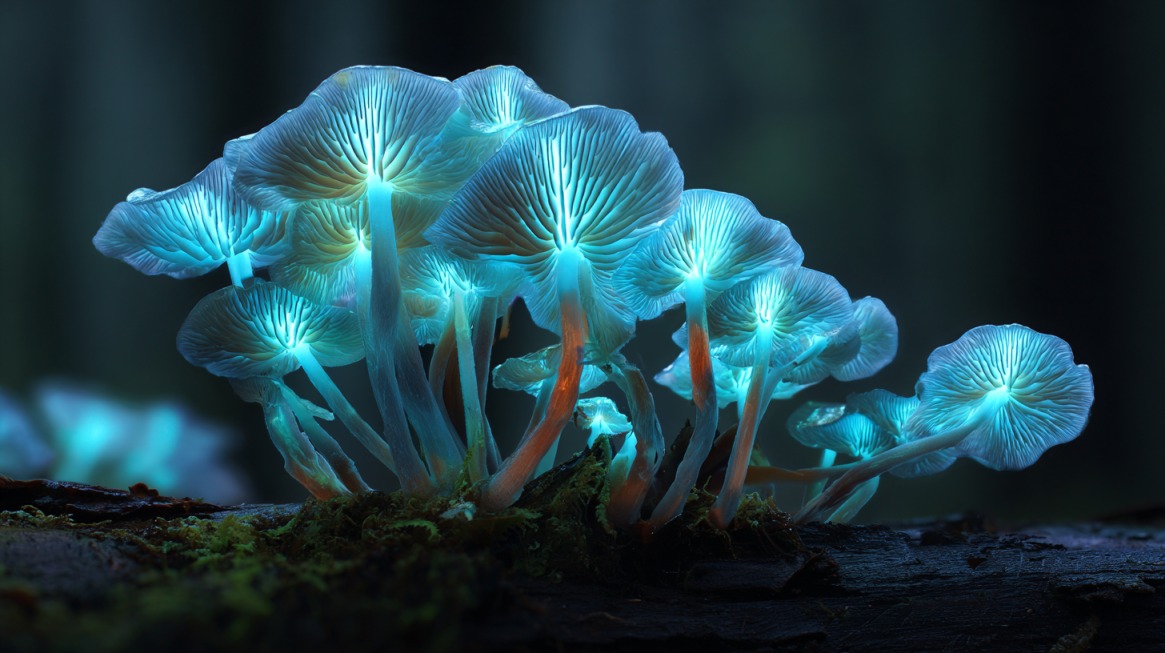
Several species are well-known for their visible glow and can be observed in natural habitats or research reserves.
Each species produces light differently, some through their caps, others through stems or underground mycelium.
- Panellus stipticus: Native to North America, emits a bright green glow under moist conditions. Certain strains are remarkably luminescent.
- Mycena chlorophos: Displays a pale green light visible in both cap and stem, thriving in tropical and subtropical zones.
- Mycena luxaeterna (Eternal Light Mushroom): Found exclusively in Brazil’s Atlantic Forest, its steady glow inspired its poetic name.
- Omphalotus olearius (Jack-o’-Lantern Mushroom): Bright but toxic, often confused with edible chanterelles.
- Armillaria mellea (Honey Mushroom): Glows underground through its mycelium, historically called “foxfire.”
- Mycena haematopus (Bleeding Fairy Helmet): Known for burgundy caps that ooze red sap and emit a faint light in total darkness.
Conservation and Climate Concerns
Habitat destruction poses a growing threat to bioluminescent mushrooms. Brazil’s Atlantic Forest, once vast, now retains only around 7% of its original area.
Logging, agriculture, and urban expansion have fragmented ecosystems, endangering both visible fungi and the unseen microbial networks beneath.
Climate change has further complicated matters. In Borneo, irregular rainfall and rising temperatures have reduced sightings, showing how fragile fungal life cycles can be. Despite those challenges, ecotourism offers hope.
By linking conservation with economic opportunity, communities gain incentives to protect habitats rather than exploit them.
Final Thoughts
Witnessing bioluminescent mushrooms in nature feels like discovering an alternate world powered by quiet radiance.
Every faint shimmer beneath fallen leaves tells a story of adaptation, resilience, and beauty.
Travelers who venture into these forests become part of something larger, an act of curiosity paired with conservation. Supporting ethical ecotourism helps ensure these glowing wonders remain for future generations.
Step into the darkness and discover nature’s night light, it waits patiently for those willing to look closely.
Related Posts:




